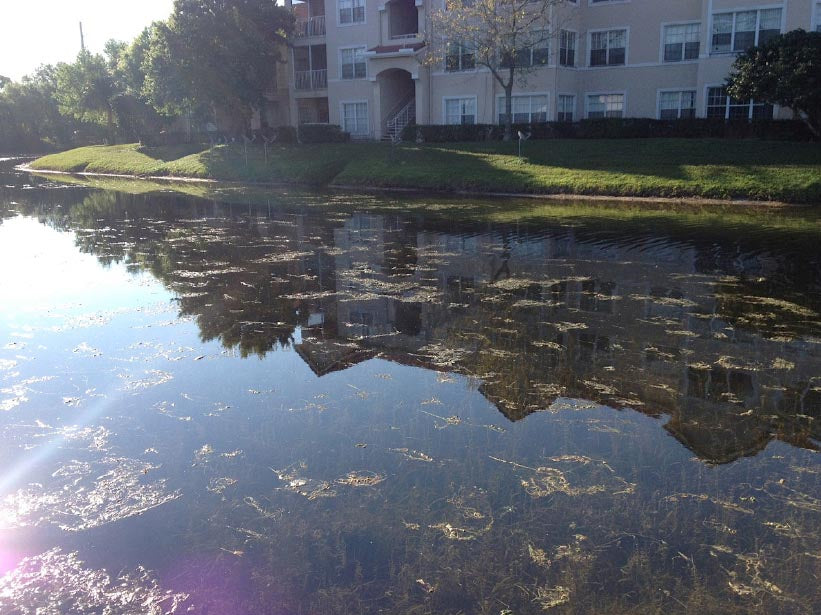
How to Create a Lake Management Plan
Creating a lake management plan is an imposing task. There are many factors to consider, and for every problem that a lake might have, there are several possible solutions. You may feel overwhelmed before you even begin! If that sounds like you, don’t despair. It is possible to easily create a lake management plan in just four simple steps.
Step One: Outline the Lake’s Physical Characteristics
This should include things like Please include items from the guest blog like watershed area and rainfall
- The size and depth of the lake
- What plants and animals live in and around it (especially note any invasive species)
- Water quality and nutrient content
Doing this first will help you get an overall picture of the health of the lake’s ecosystem, and identify potential problems. It will also help you in later steps as you begin planning what action is needed for your lake management plan.
Step Two: Create a List of Problems and Goals
Write down what needs to be fixed—out of control algae, overgrown mosquito population, or poor water quality, for example. It is also good to list out the goals of lake management—in other words, why are you taking the time to fix problems in the lake? This could be something like, “to restore balance to the ecosystem,” or “to maintain a good environment for recreational activities.” Keeping in mind the goals of the lake community will allow you to focus on the most important problems first.
Step Three: Outline the Options for Managing Problems
As mentioned, many times there are several possible solutions for lake management issues. For algae control, for instance, you might use a natural algaecide or you may need to cut off the source of the problem by educating the community on how to reduce phosphorus run-off.
You may also want to consider how you’ll take care of the sludge at the bottom of lakes (i.e. decaying organic matter such as leaves, dead plants, etc.). Introducing or replenishing live bacteria and enzymes into the lake’s ecosystem will help degrade the sludge layer and improve the overall health of the lake.
Step Four: Take Action!
After reviewing each potential solution, the final step is to make a decision and put your lake management plan into action. It can be helpful to create a timeline so that you can prioritize goals and visualize how long it may take to see results.


